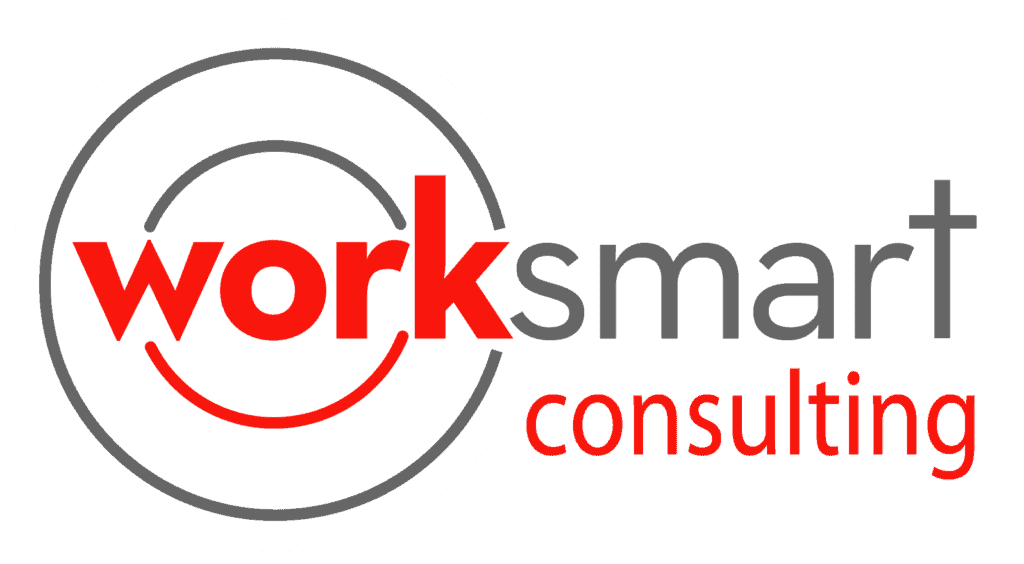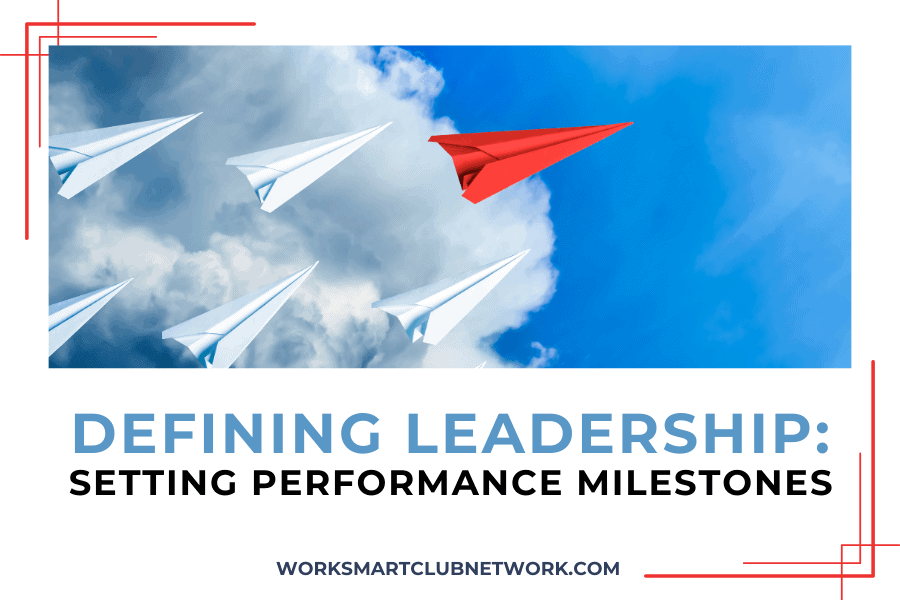Are you seeing your leaders’ full potential come through in day to day operations? If you are not, where is the breakdown? It is likely you are not sure why targets are not met, and it is tempting to want to blame people for the problem.
TRUTH: The problem with most (94%) of the variation is with the process and not the people.
In a previous article we laid out 3 unique approaches to translate the strategic plan into goals. In this article we will focus on defining leadership and the milestones that gauge how leaders are performing. We will touch on managing the process, setting goals and translating expectations for consistent results.
Process Mapping
In order to define your leadership you have to fully understand the business process (or the value stream) so you can explore the bottlenecks and the impact of the breakdown. This is best done in a group so that everyone sees each step and their order. Most leaders are surprised to learn that steps are missed or the attention to detail is blurred which sets up a pattern of mediocre quality.
And if you do not have a process mapped out, now is the time to set that up.
While this takes time (approximately 2 hours for a medium complex process). it is worth the investment because of what every one learns.
And in case you are thinking, “Everyone knows their job…why do we need to map it out?” Research consistently shows that even at the C Suite level, people do not understand how their job relates to the mission or to others they work with! So you can imagine that as you move down the hierarchy, people’s understanding becomes even more blurry.
Mapping a process is just like it sounds, an activity where the steps that move that process along are outlined and staff involved int he process discuss the best practice for optimal results.

Insights
Recently we worked with an outpatient clinic and in mapping out one of the registration processes, with extremely low satisfaction scores, one of the best staff members said, “Wow, I can see how my attitude comes across to our patients and I need to work on that.” This was not prompted but came as a result of reflection and review during the processing mapping. This stimulated other team members to also comment on how their behavior impacted their customers.

As the group sees their workflow, they can be prompted to set up milestones to manage progress.
Context and Impact = Effective Leadership Development

Setting Goals & Milestones
Goals and milestones need to follow the SMART format and be:
SPECIFIC: Do not try to put more than one specific objective into your goal or milestone.
MEASUREABLE: This should be a number.
ATTAINABLE: Make the goal something people believe can happen.
RELEVANT: The goal needs to have meaning for those responsible for the outcome.
Time Bound: Give it a date.
Very often people are reluctant to make the commitment that a SMART goal requires. As the leader or project manager, it is ESSENTIAL to have this information spelled out.
Include coaching in your leadership approach to support the team and encourage them and build their confidence to get it done. Your planning and breakdown of the target with incremental milestones is what will ensure the consistent success in hitting your targets.







Responses